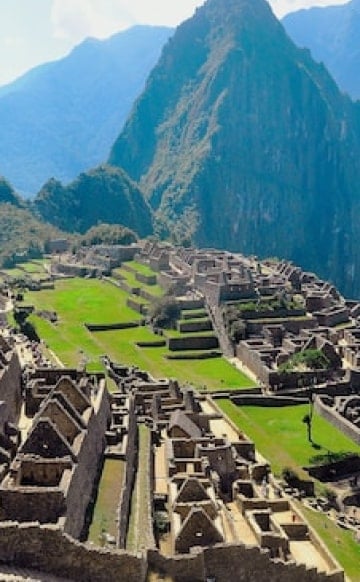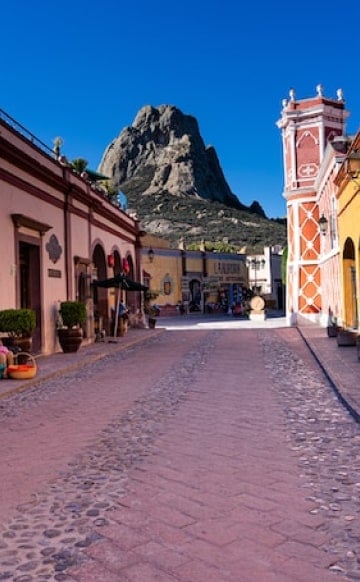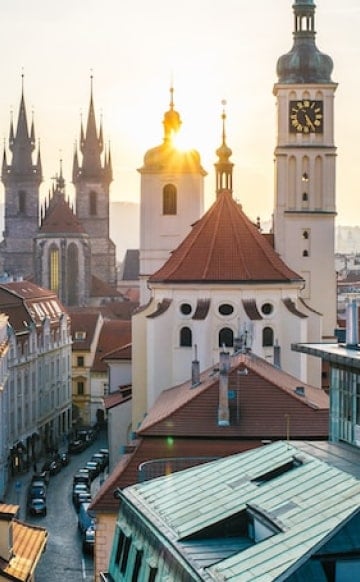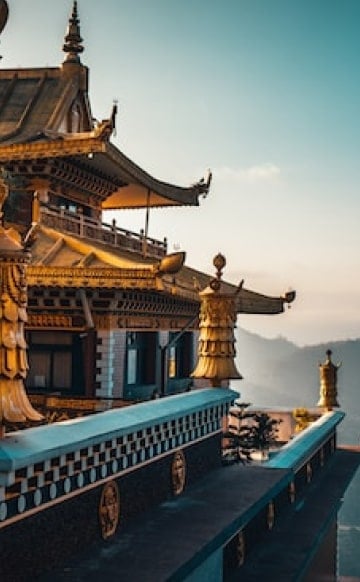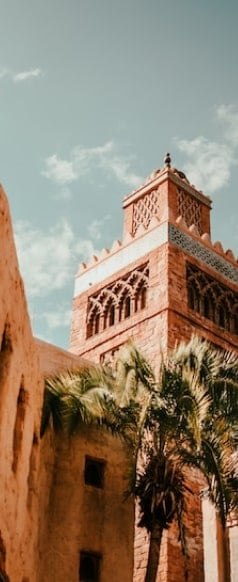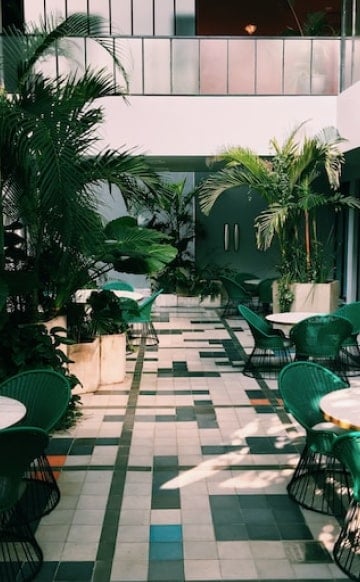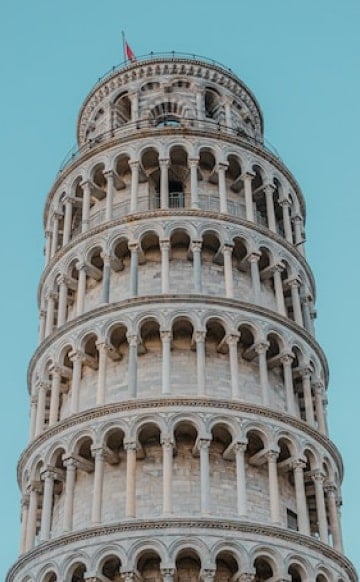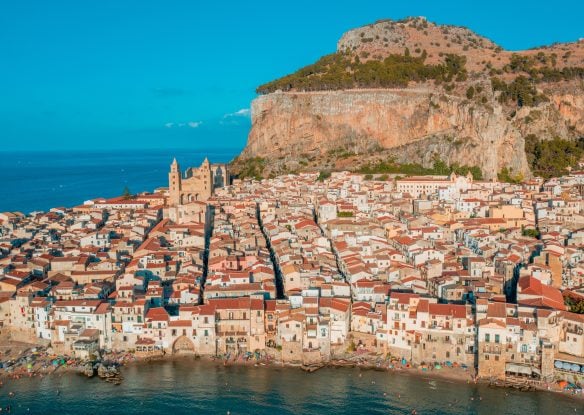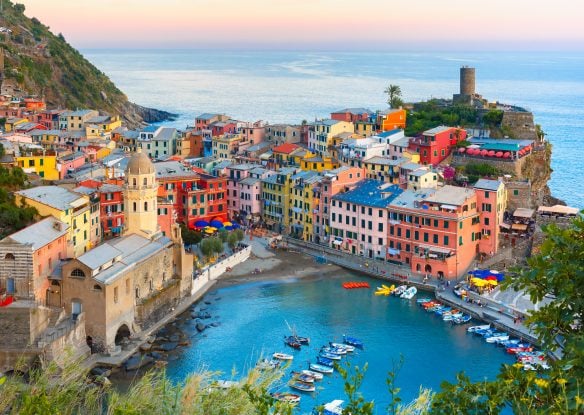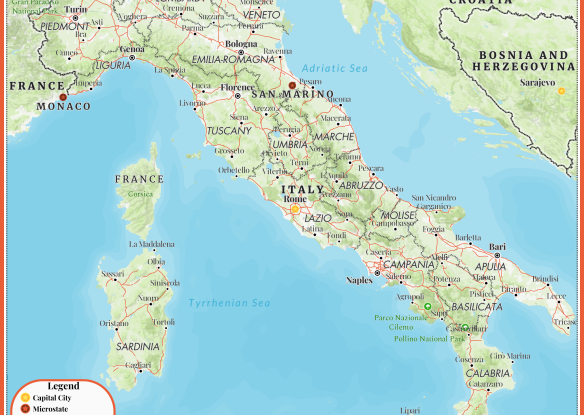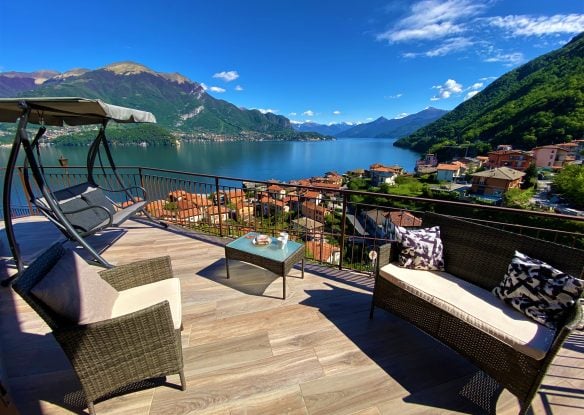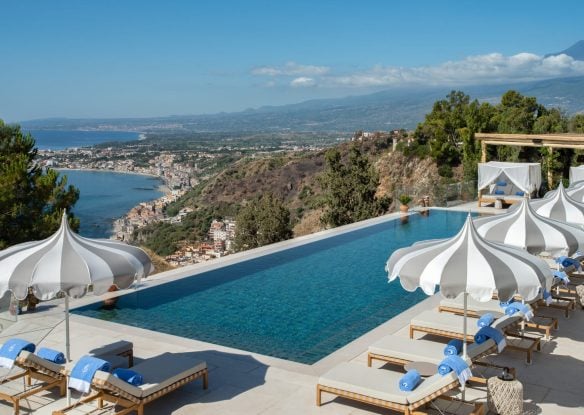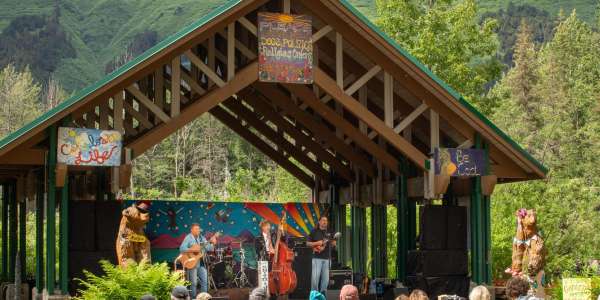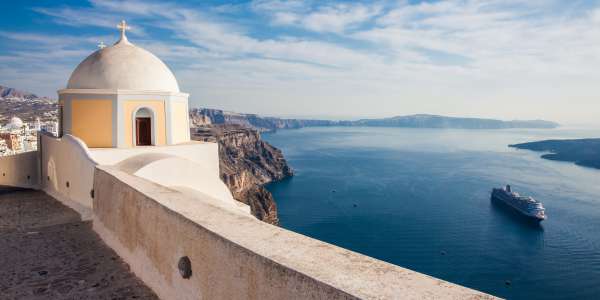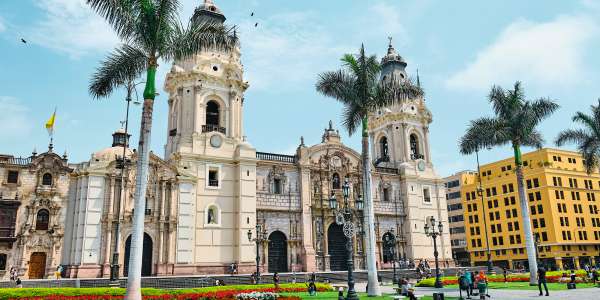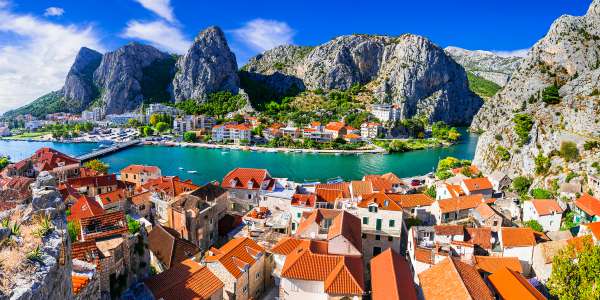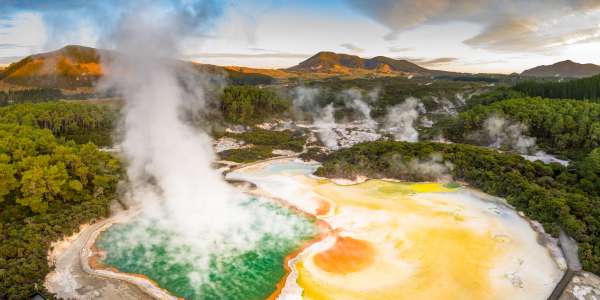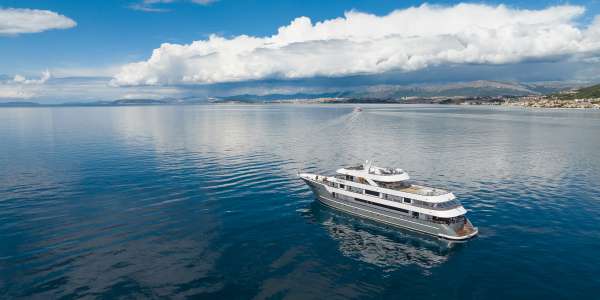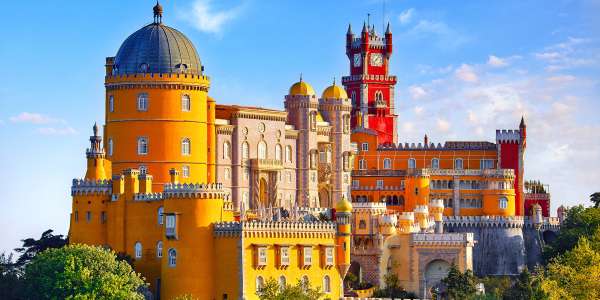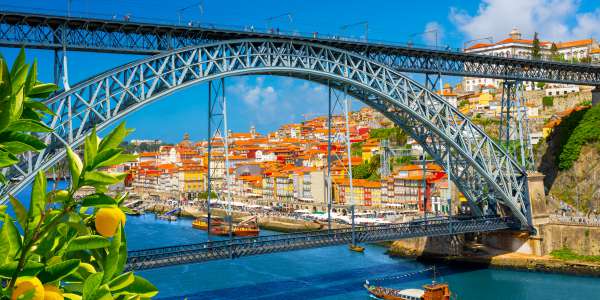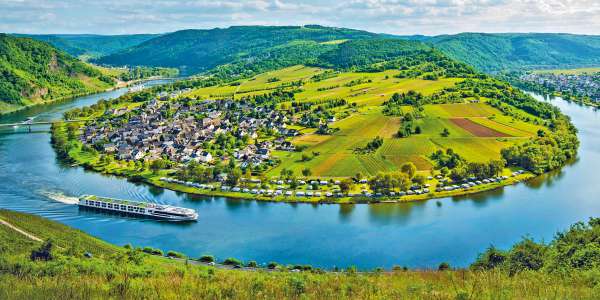If you’ll be visiting Rome, you’ll want to make every hour of every day count, letting the beauty and the timeless grandeur of the Eternal City truly connect with your soul. That means noticing the little things that you’re unlikely to find on any list, strolling the streets and alleyways, enjoying the top attractions, and appreciating the sounds and the smells, from the wonderful aroma that wafts from a bakery and the smell of handmade leather to the grandmother that hangs clothes out the window to dry.

Admire Ancient Ruins of the Roman Forum
What Is It? The Forum was the center of life in ancient Rome, where it played host to festivals and celebrations as well as rituals and funerals.
Why Do It? A top attraction within walking distance of the Pantheon, it dates back to 500 BC but was expanded by Julius Caesar, Augustus Caesar, Domitian, and Trajan. Stepping into this vast archeological site and strolling through the ruins, it’s easy to imagine the ancient Romans walking the cobblestoned streets – and even bringing sacrifices to the temples.
Good to Know: Pick up a map at the visitor center to take a self-guided tour, or hire a guide so they can help you make sense of what’s what, and bring the fascinating stories to life.

Visit the Colosseum Twice
What Is It? The Roman Colosseum, the most famous recognized symbol of Rome, is something that’s not to be missed.
Why Do It? You should really visit it twice – once during the day so that you can see all of its incredible nooks and crannies, and then again, after dark when it’s all lit up against the backdrop of the night’s sky. This classical ruin was inaugurated in the 1st century AD, and sat more than 50,000 into its perfectly arranged stands, with viewers watching the brutal fights between man and beast. The last battle occurred in 523, and despite centuries of neglect, including its time as a quarry all the way through the 18th century, it has remained remarkably intact for the most part.
Good to Know: Be sure to purchase your tickets in advance to avoid a lengthy wait in a long line – the Roman Forum and Palatine Hill, coming up in the list of things to do, are located in the same archaeological area and are included in one admission price.

Get a Bird's Eye View of The Forum at Palatine Hill
What Is It? Shrouded in legend, Palatine Hill, the centermost of the Seven Hills of Rome, was the place where everyone who wanted to see and be seen had a place back in the day.
Why Do It? It evokes the images of the ancient abodes of imperial rules and the subsequent Farnese gardens as an open-air museum that offers a peek into the cradle of civilization. It houses some of the city’s most impressive ancient sites like the Casa di Augusto, the early emperor’s intimate private house with astounding frescoes as well as a small museum and the house of Livia.
Good to Know: After performing a circuit of Palatine Hill, you’ll get an amazing bird’s eye view down onto the Roman Forum.

Explore Galleria Borghese
What Is It? They say there is nowhere else in the city, or even the world, where you’ll ever get to view such an impressive collection of Baroque art then Galleria Borghese, housed in a magnificent 17th-century villa and spread throughout 20 rooms.
Why Do It? The villa itself is a breathtaking masterpiece and was commissioned by Cardinal Scipione Borghese to house his incredible treasures, like Apollo and Daphne, and the sculpture of Napoleon Bonaparte’s sister as Venus Victrix. As visits to the Galleria, located in the northeast corner of Villa Borghese Park, are by reservation only, it allows you to see the sculptures without worry of countless tourists blocking your view.
Good to Know: After exploring the galleries, be sure to take a stroll through the picturesque park, especially lovely when the orange trees and flowers are in bloom.

Marvel at Architectural Wonders at the Roman Pantheon
What Is It? The Roman Pantheon is the burial place of Rome’s kings and other prominent figures and is renowned as the best-preserved and most influential building of ancient Rome.
Why Do It? Especially remarkable considering that it was originally built in 27 BC, and later rebuilt between 118 and 128 AD after fire damage. The altar was added later for Christian worship after the nation abandoned its pagan gods. Following the Renaissance, it took on another role as the designated tomb for some of Rome’s renowned artists and elite, including the famous painter Raphael, his fiancé and former kings of Italy. The Pantheon also boasts the biggest brick dome in the history of architecture and is considered the forerunner of all modern places of worship.
Good to Know: Walk inside, look up and you’re sure to be mesmerized – the oculus in the dome is open to the sky to let sunlight filter in.

Admire Art at Vatican City
What Is It? Although Vatican City is located in Rome, it’s an independent state with its own militia to protect the Pope, along with 800 fulltime citizens and visiting residents.
Why Do It? It even has its own coins, flag and stamps. You could easily spend an entire day exploring the area, including the Vatican Museums, a huge complex of galleries and museums that showcase grand sculptures, frescoes, paintings, classical antiquities and tapestries. Of course, this is also home to Michelangelo’s Sistine Chapel, something everyone should see at least one in their lifetime.
Good to Know: Other highlights include the Raphael Rooms and St. Peter’s Basilica – in a place known for its beautiful churches, none can hold a candle to St. Peter’s, the largest, richest and most stunning basilica in the entire country. Built upon an earlier 4th-century church, it was completed in 1626 – 120 years after construction began. Inside you’ll find Michelangelo’s Pieta, the great bronze baldacchino and more.

Climb the Spanish Steps
What Is It? One of the longest and widest staircases in Europe, the Spanish Steps lead from Piazza di Spagna up to the Trinita dei Monti Church.
Why Do It? Climb the famous steps and you can admire the piazza and the Barcaccia bubbling fountain which sits at the foot of the staircase, from above. Constructed in the early 18th century in Roman Baroque style in an elegant series of ramps with 138 steps, this is an ideal place to enjoy people watching by taking a seat somewhere in the middle as endless people weave in and out of the upscale shops, boutiques and restaurants.
Good to Know: If you’re feeling especially ambitious, climb all the way to Villa Medici where you’ll enjoy spectacular views of the Centro Storico.

Enter the Capuchin Crypt
What Is It? If you aren’t terribly disturbed by the creepy and morbid, check out the displays of bones and skulls at Capuchin Crypt, which is located under Our Lady of the Conception of the Capuchins.
Why Do It? It offers a fascinating look at the lives, and deaths, of the religious order of the Capuchin friars, holding the bones of some 4,000 dead monks, arranged in odd decorative displays and frames for Christian artwork in various spots throughout the crypt, including the Crypt of the Skulls and the Crypt of the Resurrection.
Good to Know: While it is rather gruesome, the creations tell the story of life, death and resurrection, revealing a unique interpretation of the church’s teachings of good, evil and eternity. One sign seems to say it all, proclaiming: “What you are, we once were. What we are, you someday will be.”

Check out Rome's largest catacombs
What Is It? Another attraction for those who don’t mind the morbid, the Catacombs of San Callisto are the largest catacombs in Rome, founded in the late 2nd century, and named after Pope Calixtus I.
Why Do It? In the 12 miles or so of tunnels that have been explored to date, the tombs of a half-million people and seven popes, martyred in the 3rd century, have been discovered. The patron saint of music, Saint Cecilia, was also buried here, though her body was later taken out and moved to the Basilica di Santa Cecilia in Trastevere. When her body was exhumed in 1599, over 1,000 years after her death, it was said to have been perfectly preserved.
Good to Know: By taking a tour, you’ll also get to marvel at some of the earliest Christian art, including carvings, frescoes and drawings scratched into the rock depicting ancient Christian symbols like the anchor, fish, dove, as well as images that tell some of the earliest popular Bible stories.

Hike to the Summit of Gianicolo
What Is It? Just to the west of the Tiber River near Trastevere, Gianicolo Hill (also known as Janiculum) is just waiting to be climbed.
Why Do It? The hike offers unobstructed, panoramic views of Rome, and from its summit, you’ll be able to see some of the city’s finest buildings, including The Vittoriano and St. Peter’s Basilica, with the view stretching over the ancient ruins, monuments, roofs and baroque domes as far as the hills that embrace the Eternal City.
Good to Know: The moment you reach the top, your breath will literally be taken away, though that tranquil feeling may be temporarily broken if you arrive at noon, with the sound of a single shot of a cannon to mark the time breaking the silence.

Toss a Coin into the Trevi Fountain
What Is It? One of the most beloved attractions in Rome, no visit here would be complete without visiting the Trevi Fountain.
Why Do It? This Baroque masterpiece showcases a marble statue of Neptune at its center, surrounded by tritons. Legend says there are a variety of benefits from throwing three coins into the fountain, ranging from the opportunity to return to Rome to find true love.
Good to Know: Fortunately, all of those coins thrown in – totaling an average of $3,500 a day, go to a good cause, supporting food programs for the poor in Rome. While it’s almost always overrun by tourists, if you visit early in the morning or very late at night when the crowds have dispersed, it’s especially magical.

Taste the Best Gelato in the World
What Is It? Sampling some of the best gelato in the world is also a must when in Rome.
Why Do It? Gelato isn’t just an Italian word for ice cream – it’s different, which means you can expect both the flavor and texture to differ from the ice cream you have at home. Avoid any gelato that comes in very bright shades, which indicates artificial colors and other chemical additives, as well as gelato that looks like pretty puffy clouds, indicating artificial thickeners.
Good to Know: While most gelato in Rome is excellent, many say that the famous Giolitti, tucked between the Pantheon and Italian Parliament is the very best, although some believe that it’s just too touristy and that the gelato is not all that fresh. You may need to sample gelato from several spots to decide on your own favorite, though that shouldn’t be too tough to do. Gelateria del Teatro offers a charming location, situated just off the picturesque Via dei Coronari near Piazza Navona, along with fresh gelato in creative flavors using all-natural, high-quality ingredients.

Shop ‘til You Drop
What Is It? If you like to shop while enjoying magnificent beauty, Galleria Alberto Sordi is the place to go.
Why Do It? With its stained-glass skylights and mosaic floors, it’s also one of the most beautiful places to shop. Dating back to 1922, it’s considered the last architectural portrayal of Rome in the early part of the 20th century when it was under the political influence of the so-called Giolitti rule. Located at the center of Campo Marzio, in front of the column of Marcus Aurelius, it hosts stores like La Rinascente, the Italian’s Macy’s, Massimo Dutti, Zara and the mega bookstore, La Feltrinelli.
Good to Know: The maze of medieval streets on the west side of Corso, near Piazza Navona and the Pantheon, holds a treasure trove of elegant and original boutiques, along with some of the oldest establishments in the city.

Enjoy Aperitivo
What Is It? The Italian happy hour is known as “aperitivo,” a glorious couple of hours, generally between 7pm and 9pm, as most people here eat lunch later in the afternoon and dinner around 9pm.
Why Do It? While the Milanesi invented it, the Romans were the ones who perfected it. Just about any decent bar will have snacks, but the offerings differ greatly, from peanuts or chips to elaborate buffets that feature some of the best finger foods you’ve probably ever had.
Good to Know: Don’t expect 2-for-1 drink specials, the Italian version of happy hour is all about the food. Some places, such as Momart Café, located in the Piazza Bologna district, gives customers a huge bargain. Another great spot is ‘Gusto, which goes all out with its selection of cheeses, mini pizzas, arancini, salads and other treats, all included in the price of a drink.

Walk the Appian Way
What Is It? The old Roman Appian Way, known as Via Appia Antica, stretched all the way from Rome to Brindisi in the Puglia region, some 350 miles southeast.
Why Do It? This was Europe’s first superhighway and remains one of the best attractions in Rome. Possibly the oldest road still in existence, it was ancient Rome’s most important military and economic artery, and it’s still surprisingly largely intact today. Made of large, flat stones that have been firmly set in place by thousands of years of rain, wheels and feet passing over them, as soon as you step down on them, you’ll be walking in the footsteps of Roman emperors, saints, merchants, and possibly even St. Peter himself.
Good to Know: The first 10 miles of the stretch nearest to Rome is now part of a nature and archaeological park, the Parco Regionale dell’Appia Antica. If at all possible, visit on a Sunday, when the park is completely closed off to traffic. Romans enjoy picnics and bike rides, and you can look forward to touring the catacombs, monuments and cafes in relative peace.

